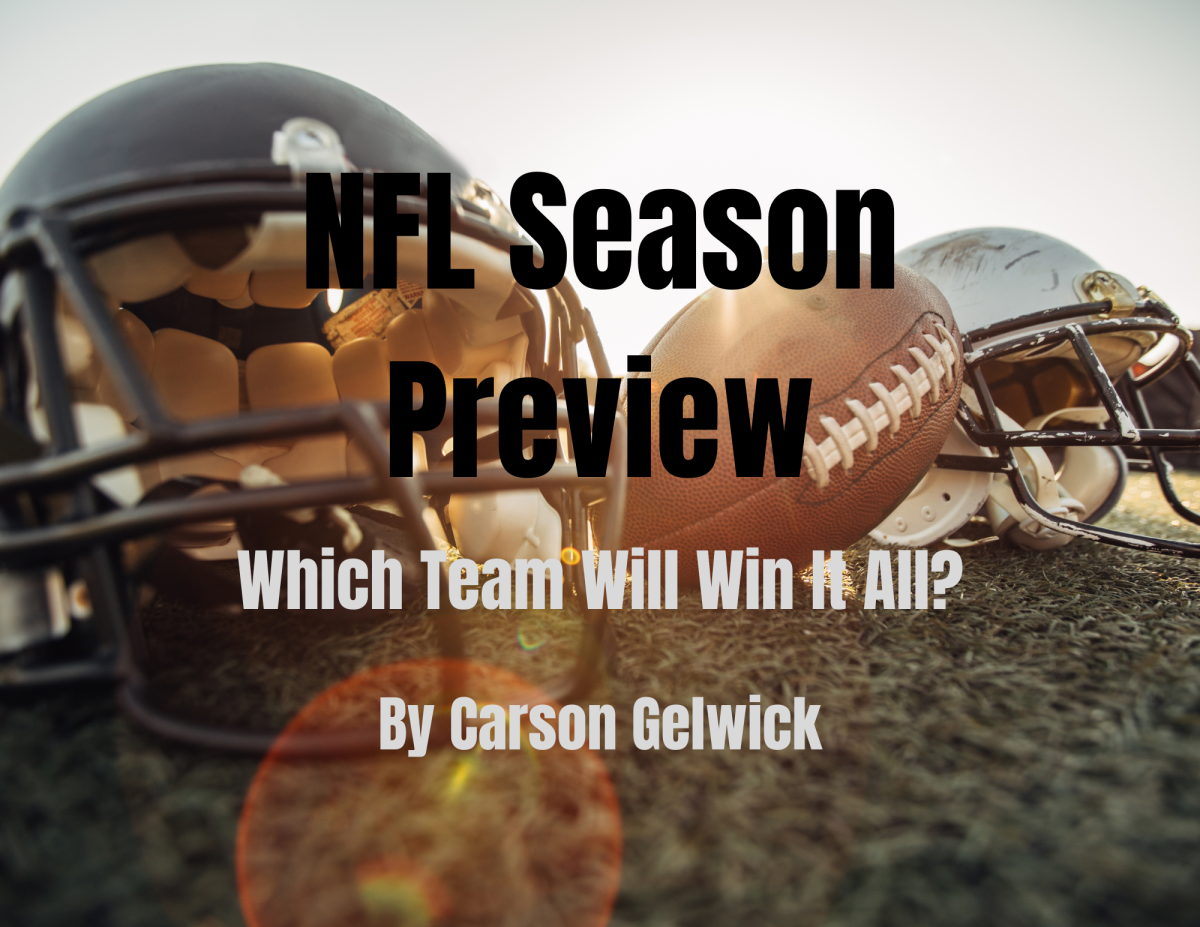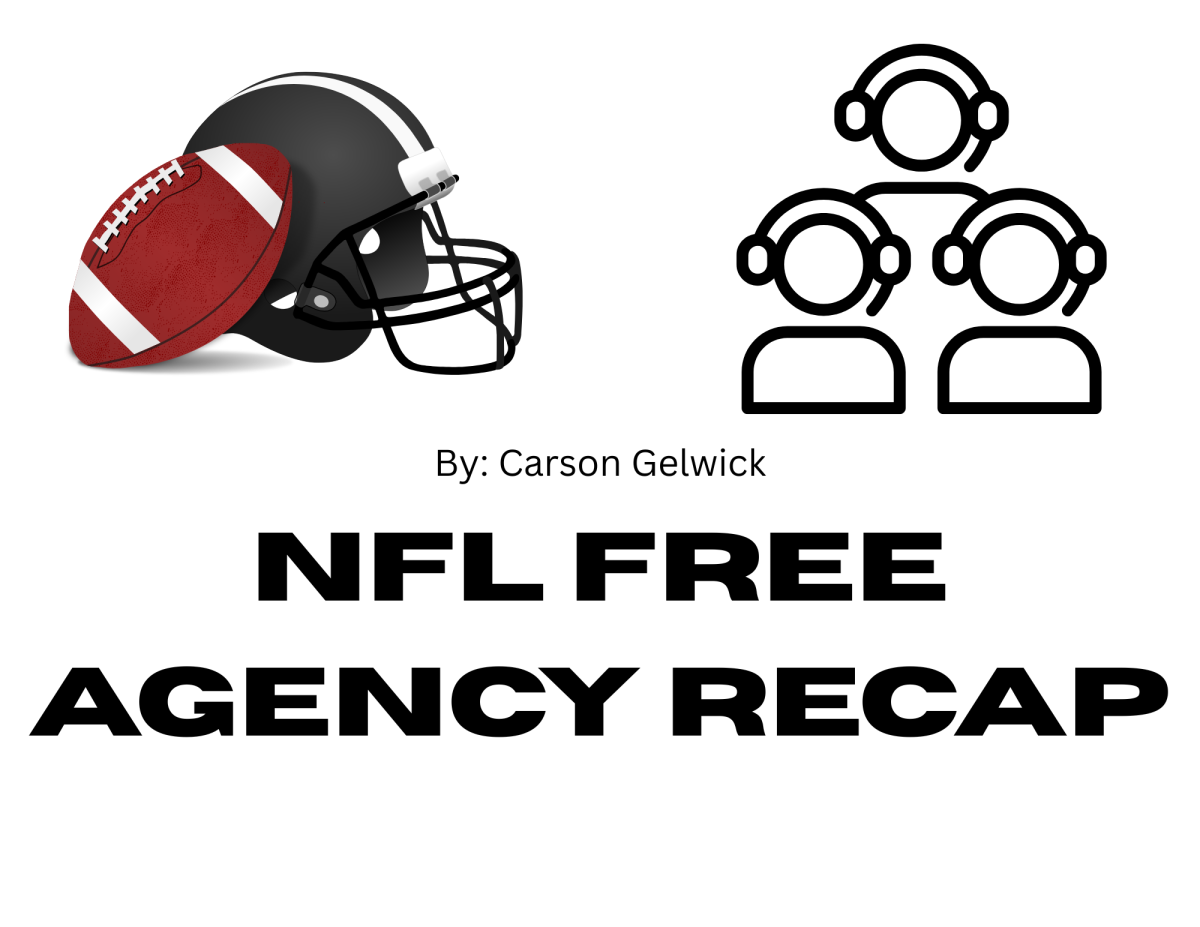In the sport of football, many players on the field who play smaller roles go unnoticed. The average NFL fan hardly notices the difference between great punt coverage and poor punt coverage. This makes sense given the NFL’s bias toward positions like wide receiver, running back, and quarterback. I wanted to write this article to highlight a position on offense that a few years ago was hardly used and now powers the best rushing attacks in football. I’m talking about the fullback.
To those who may not be as knowledgeable on the positions on the field, the fullback functions as a bigger running back, used to lead blocks on run plays and sometimes carry the ball on short yardage situations. The position was wildly popular in the 70s with players like Larry Csonka and Jim Brown dominating defensive fronts with their physical style of play. As the game evolved to incorporate more passing concepts, the fullback began to be replaced by a 3rd receiver, as the NFL offenses started to favor speed for a better passing attack. By the 2010’s teams only used fullbacks in short yardage situations, and some teams didn’t even have a fullback on their roster.
So, what caused the reissuance of fullback usage? The NFL is a “copycat” league where if one team finds success with a certain strategy other teams follow. The 49ers and Titans revived their run games by using fullbacks to create better numbers in the box, as well as build a better play action game. In 2019, both teams made the AFC and NFC championships, and the 49ers even made the Superbowl. Teams started to notice the increased use in the position and followed suit.
Now top offenses like the Ravens, Lions, Dolphins and Bills all regularly use fullbacks to boost their run game and, in some cases, use them as receivers in the flats to create spacing problems for the defense. While the way the fullback is used has changed over the past 50 years the position is seeing usage like never before.






